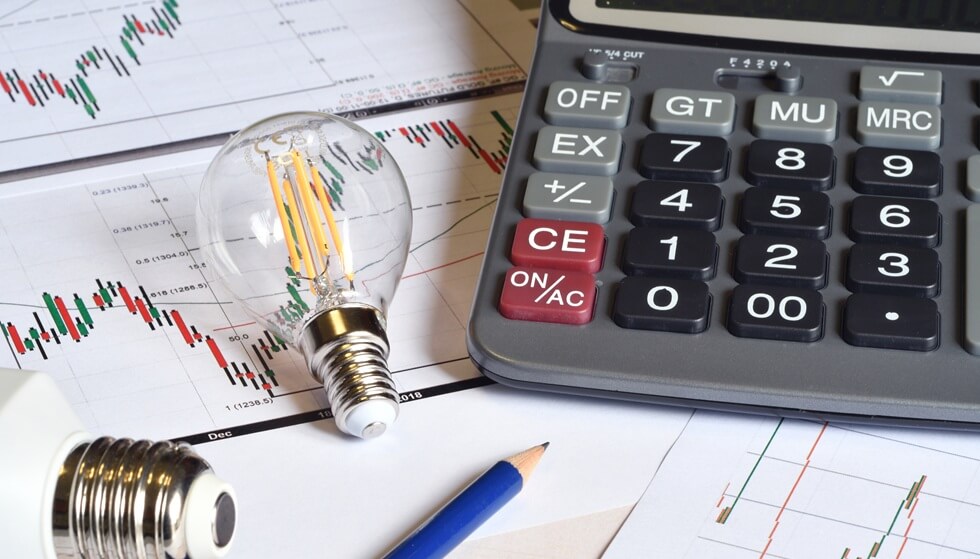Are you looking to save money on your energy bills and do your part to protect the environment? If so, consider solar energy with net metering.
What is Net Metering?
Net metering is a policy that allows solar customers to receive credits for the excess electricity they generate and send back to the grid. In Maryland, all electric utilities are required to offer net metering.
How Does Net Metering Work?
During the day, your residential solar panels generate electricity that can be used to power your home. Any excess electricity is sent back to the grid and credited to your account at the retail rate. At night or on cloudy days, when your solar panels are not producing electricity, you can draw from the grid and use your credits to offset your energy costs.
On a monthly level, this means that you can overproduce for a month (create more electricity than you require) and then use that in later months. Take the graph below for example:
In the summer months, when the sun is out for longer, the system will overproduce creating an excess of credits. In the winter, when the days are shorter and the system is working less, those credits will help in keeping your electric bill as low as possible.
How Do I Track My Net Metering Credits?
Your utility company will provide you with a monthly bill that shows your net metering credits. The bill will also show your forward kWh, which is the amount of electricity you drew from the grid during the month. The reverse kWh is the amount of electricity you sent back to the grid during the month. Your net usage is the difference between your forward kWh and your reverse kWh. If your net usage is negative, it means you overproduced electricity and have credits. If your net usage is positive, it means you underproduced electricity and will be charged for the difference. See below for an example:
Energy – Forward kWh: This is all the kWh (kilowatt hours, a measure of electricity) that the household drew from SMECO during the month. When the solar system is not producing enough electricity to meet the current electrical demand, the electricity comes from the utility. This is when the weather is poor or during the night.
Energy – Reverse kWh: This is all the electricity that was pushed back to the utility. When the solar system produces an excess in the current electrical demand, the extra is pushed to SMECO.
Note: This is not all you produced but instead all that was sent to the meter. Read more about this here.
Net Usage – kWh: This is simply the Forward kWh minus the Reverse kWh for the month. If negative, it means the system overproduced and you have credits (these carry over to the next month.
- New kWh Balance: This is your balance for the year. If negative, it means you have credits.
In the above example, the customer overproduced for the month by -155 kWh. This means they will not have to pay for any kWh for the month. Instead, their bill will only be the connection fee (This can range from $4.50 – $10.00, depending on your utility) and the Electric Universal Service Charge of $0.32. These flat fees allow you to be connected to the grid.
What if I Overproduce for the Year?
In April, the utility company reconciles the customer’s any excess generation credits. This is called the true up period. If the customer’s credits are greater than their net usage, the customer will receive a payout from the utility company. The payout will be made at the commodity energy supply rate, which is the market price for electricity.
As of October 2023, customers may elect to accrue credits instead of receiving annual reconciliation payouts. This means that the customer’s credits will be carried over to the next year and will be used to offset the customer’s energy costs in the future.
Conclusion
Net metering is a great way to save money on your energy bills and reduce your reliance on fossil fuels. If you are considering installing solar panels, make sure to talk to your utility company about their net metering policy. With net metering, you can generate your own electricity and send excess back to the grid, earning credits that can be used to offset your energy costs in the future.


